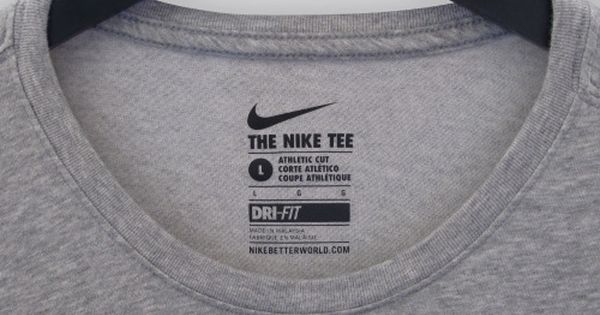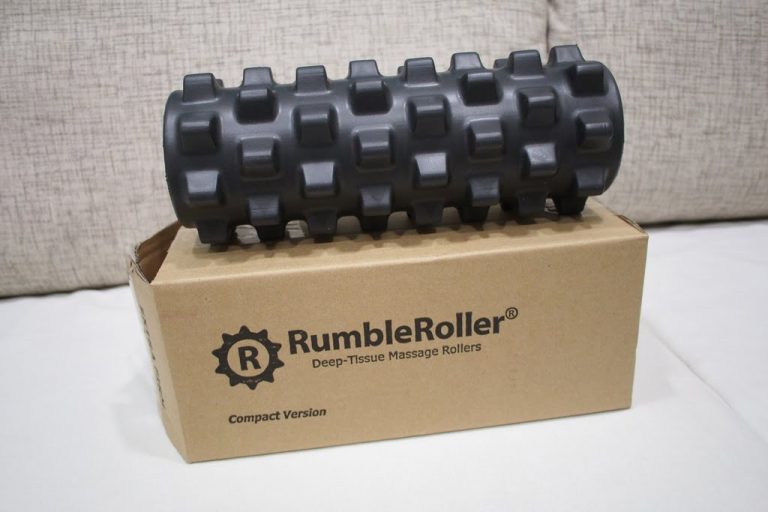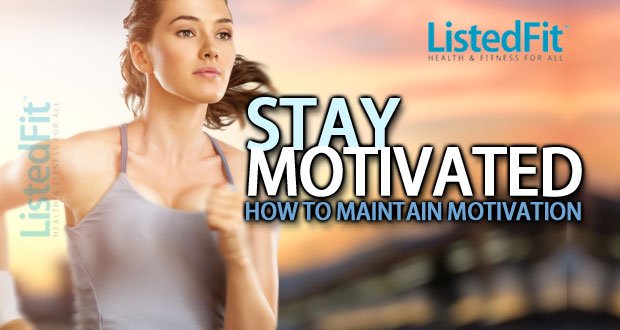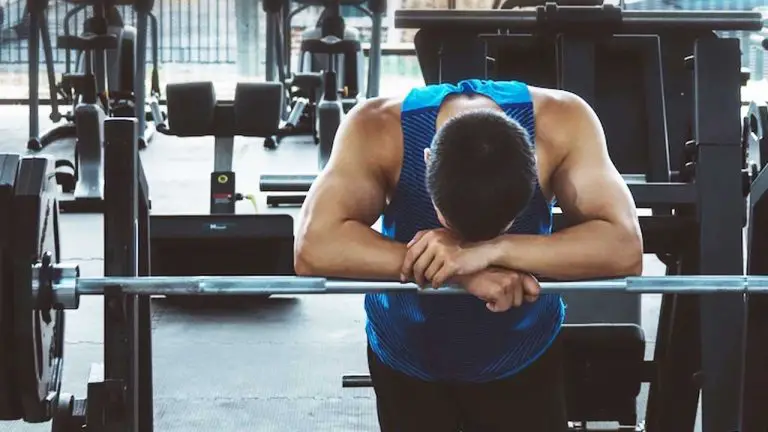How to Avoid Common Mistakes and Get the Right Size Running Shoes

ListedFit is reader-supported. When you buy through links on our site, we may earn a small commission.
In this article we give advice on how to get the right size running shoes.
It seems like everybody is running these days. Some are running to stay healthy and fit while others are training for marathons and 10Ks.
However, runners need to make sure that they wear the right size shoe or else their feet will not be supported well enough and they may experience discomfort or even injury.
This article will look at some of the common questions and considerations one should have before buying running shoes as well as what you should look out for when purchasing running shoes so that you can find the pair that fit properly.
Table of Contents
- Shoe Sizes Explained
- How to Measure Your Feet for the Right Size
- How Much Room Should Be in the Toe of a Running Shoe?
- Are Running Shoes Supposed to Be Tight?
- Do Running Shoes Stretch?
- Tips for Finding a Good Pair of Running Shoes?
- Conclusion:
Shoe Sizes Explained

Shoe sizes can be a little confusing, different brands can have different sizing, some shoes don’t feel true to size even though they are actually your size.
In order to make sure you get the right size, it’s important to understand how shoe sizes are measured and what the different sizes mean.
The most common way to measure shoe sizes is in inches. There are different charts that convert shoe sizes from inches to other measurement systems, such as US, EU or UK sizing. It’s important to know which chart you’re using so that you can accurately measure your feet.
Another thing to keep in mind is that not all shoes are created equal. Some running shoes, for example, are made to have a bit more room in the toe area.
How to Measure Your Feet for the Right Size

In order to measure your feet for the right size running shoes, you’ll need a piece of paper, a pen, and a ruler or tape measure.
Start by measuring the length of your foot. Place the paper on the floor and stand on it with your heel against the wall. Mark the spot where your longest toe intersects the paper with a pen. Then use a ruler or tape measure to measure the distance between the mark you made and the wall. This is your foot’s length.
Next, measure your foot’s width. Place the paper against a wall and place your feet next to each other so that your toes are touching the wall. Mark the spot where the widest part of your foot intersects the paper with a pen. Then measure the distance between the mark you made and the wall with a ruler or tape measure.
Last, write down your foot’s length measurement and width measurement on your paper.
How Much Room Should Be in the Toe of a Running Shoe?
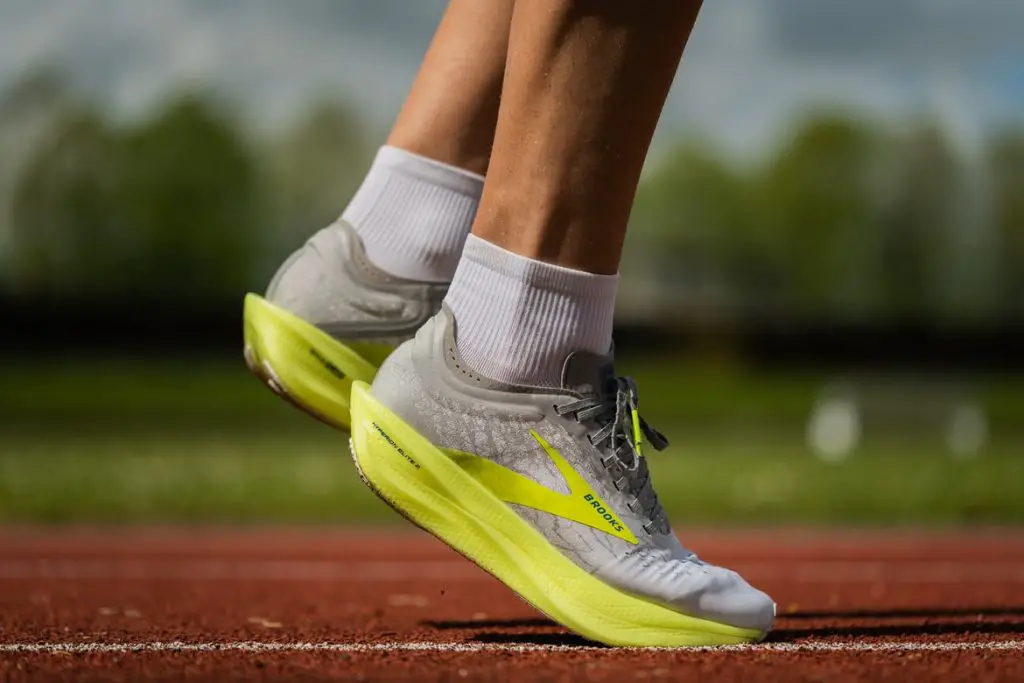
There is no one definitive answer to this question. Some runners prefer a tighter fit, while others prefer more space in their shoes. A lot of it comes down to personal preference.
It is important to find the right fit for you, as too much or too little space can cause discomfort and even injury.
When you try on any new running shoes, ensure that there is enough space in the toe so that your toes can move freely. It shouldn’t feel like your feet are wrapped in duct tape, you should also be able to wiggle your toes comfortably.
Are Running Shoes Supposed to Be Tight?
It may seem obvious to make sure your running shoes have room for comfort, but many people are convinced that running shoes should somehow be tight fitting as some kind of ‘running shoe life-hack’, but they really shouldn’t
When it comes to running shoes, there are a lot of different opinions on how they should fit. Some people believe that they run better in tighter running shoes, while others believe that they should have extra room in the toe so that they can move their feet around comfortably. So, which opinion is right?
Running shoes should in general feel snug on the heel and spacious in the toe, but ultimately, it’s up to the individual runner to decide what feels best for them.
There is a rule of thumb that you should leave half an inch/1.27cm between the tip of your toe and the tip of the shoe.
That being said, some people just feel more comfortable when their running shoes are tight so the tight shoe question will always come up.
It’s important to note that the type of socks that you wear when you run can also affect how your running shoes fit. If you wear thick socks when you run, your running shoes are going to be a bit tighter than they would if you were only wearing regular socks. When you try on running shoes, wear the socks you intend to wear when you run.
Do Running Shoes Stretch?

This is a question that many runners have and there isnt a one size fits all answer. In general, running shoes should fit snugly and you should not have a lot of extra room in the toe area.
However, over time, running shoes may stretch depending on what materials the shoe is made from, also as you continuously put pressure on it the sole and insole will over time mould to the shape of your foot. This is usually not a problem, but if your running shoes are starting to feel loose to the point where they are slipping off, you can of course try tying them tighter or using a shoe insert to take up some of the extra space if necessary.
Tips for Finding a Good Pair of Running Shoes?
- What surface are you going to be running on? Road or trail?
Before you pick out a pair of running shoes, you need to know a few things about yourself. You should know how often you run, what your intended use for the shoe is and what surface you are going to be running on.
Knowing the type of surface you will be running on will inform your decision as to what you should go for.
If you like to run on rough, muddy uneven terrain then trail running shoes will be your best bet.
If you are planning to run on city streets and roads, then go for road shoes.
If you are unsure, you can always go for a pair of hybrid running shoes which will give you the best of both trail and road running shoes grip and stability.
- Do you wear insoles? Think about extra space
Before you pick out a pair of running shoes, you should consider if you intend to wear orthotics or special insoles.
If you do then you need to make sure that your shoe can accommodate your insoles. There should be enough space for the insole and the heel cup should hold it snugly (and not squeeze it).
- If you go to the store, take your insoles with you and try them in the shoes before you buy.
The heel of the shoe should hold your foot snugly with a snug, with the laces tied up securely. Any movement in your foot and slippage of the insole can lead to blisters developing and cause significant injury to you while running. Take note of this before you choose your shoes.
- What sort of socks are you wearing?
As mentioned before, ensure you wear the socks you intend to run in when you try the running shoes on . Some people prefer to wear no socks, but if you are going to be wearing socks then make sure that the shoes have enough room for them.
The key here is to ensure that the thickness of whatever socks you choose to wear doesnt make your shoes feel overly tight or uncomfortable.
Conclusion:
When it comes to trying out running shoes for the best fit, the key thing to remember is that your comfort comes first, flexibility and space in the shoe is what it all boils down to.
Nobody looks forward to wearing uncomfortable shoes.
Running shoes do not need to be tight on one’s feet.
Make sure also that you think about what type of terrain you intend to run on as well as how much cushioning you will need for your feet.
With so many options available on the market, choosing a pair of running shoes can be difficult. But start with the space any shoe gives you before you think about any of the other features advertised.
Author
Latest entries
 FitnessAugust 19, 2023Yohimbe vs Yohimbine: A Quick Comparison Guide
FitnessAugust 19, 2023Yohimbe vs Yohimbine: A Quick Comparison Guide AshwagandhaJune 16, 2023Is Ashwagandha Good for Working Out? Key Benefits Explored
AshwagandhaJune 16, 2023Is Ashwagandha Good for Working Out? Key Benefits Explored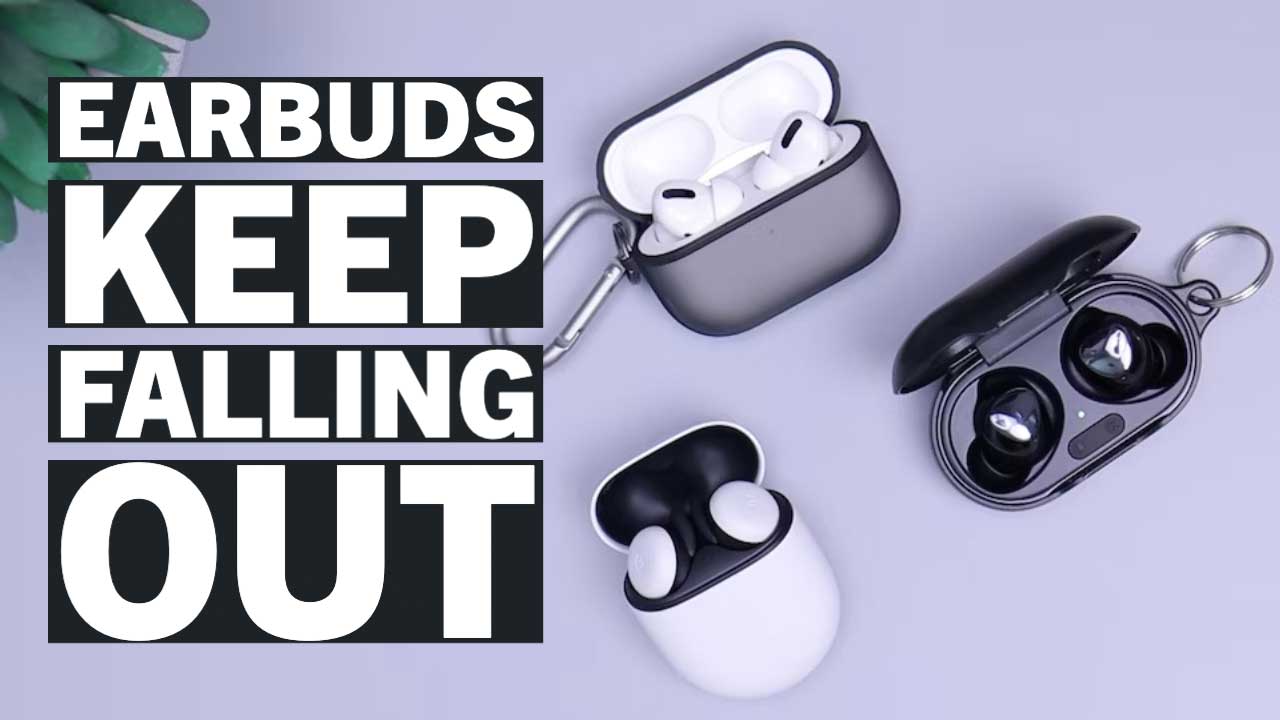 Sports HeadphonesMay 25, 2023Why Your EarBuds Keep Falling Out – Quick and Easy Solutions
Sports HeadphonesMay 25, 2023Why Your EarBuds Keep Falling Out – Quick and Easy Solutions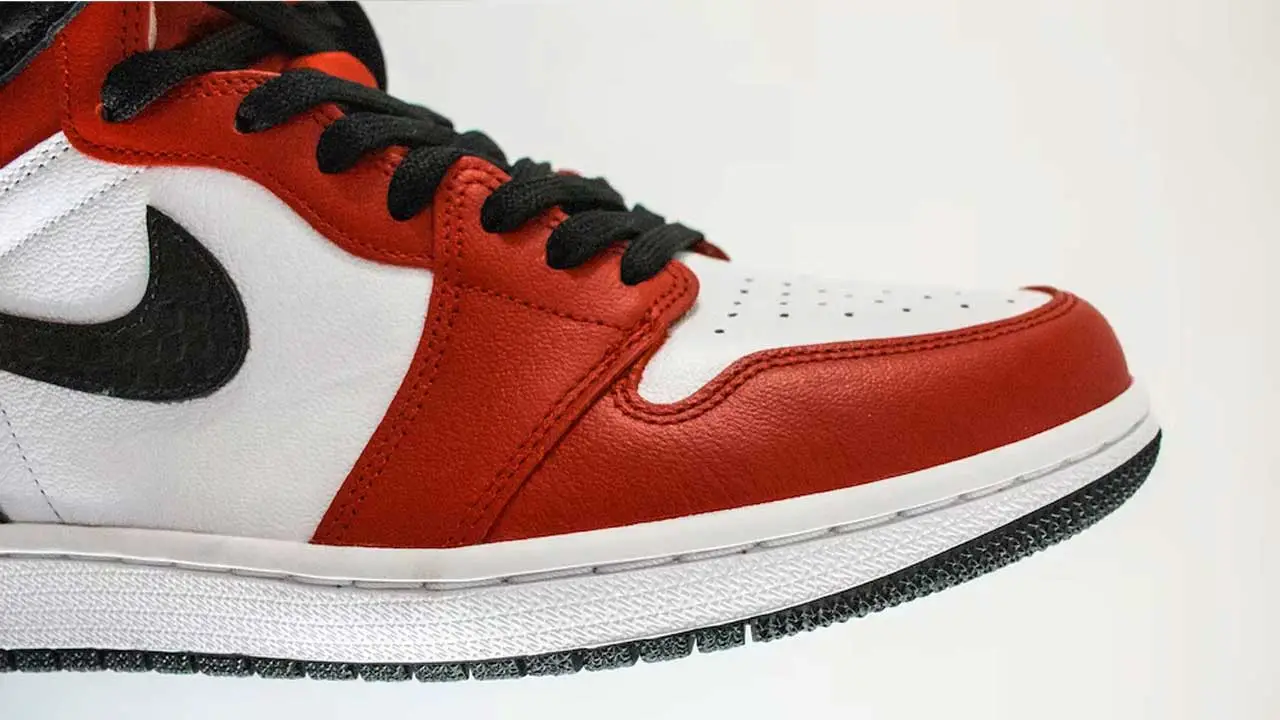 Nike ShoesMay 12, 2023Do Nikes Run Big or Small? Decoding the Perfect Fit
Nike ShoesMay 12, 2023Do Nikes Run Big or Small? Decoding the Perfect Fit
Affiliates:
This post may contain affiliate links that at no additional cost to you, the site may earn a small commission. We only recommend products we would use ourselves and all opinions expressed on this site are our own.
General Advice:
The information provided in this article is for general informational purposes only. It is not intended as a substitute for professional advice. Always consult with a qualified healthcare professional before starting any new diet, exercise program, or making changes to your health routine.
Accuracy Advice:
While we strive to provide up-to-date and accurate information, the content in this article may not reflect the most current research or medical guidelines. We encourage readers to do further research and consult with professionals for more personalized advice.
Our Recommendations:
The products and services mentioned in any of our articles are recommended based on our independent research and personal experience. We are not sponsored by any company. We aim to suggest products and services we believe are of high quality and could be beneficial to our readers.


